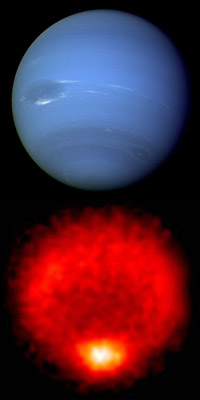The top picture shows Neptune as our eyes would see it. The bottom picture is infrared "light", which shows heat. The bright spot at the bottom of the IR image shows that Neptune's South Pole is the warmest place on the planet!
Click on image for full size
Images courtesy of NASA/JPL (visible light) and VLT/ESO/NASA/JPL/Paris Observatory (infrared).
The Poles of Neptune and Its Moons
The South Pole of the planet Neptune is a bit strange. Triton, Neptune's largest moon, also has interesting poles.
Neptune is tilted on its axis by about 28°. That isn't so strange... Earth is tilted, too, by a similar amount of 23°. That means Neptune's poles take turns being in sunlight or in shadow. So Neptune has seasons, like Earth. However, Neptune takes roughly 164 years to orbit the Sun once. That means each season on Neptune lasts more than 40 Earth years! It has been summertime in Neptune's Southern Hemisphere for the last few decades. Sunlight has been warming Neptune's South Pole for many years. The South Pole of Neptune is the warmest place on the planet!
Neptune's magnetic field is tilted too. It isn't lined up with Neptune's spin axis. Earth's magnetic field is tilted, too, but only by a small amount... about 11°. Neptune's magnetic field is tilted a lot more... about 47°. If Earth's magnetic field was tilted that much, the North Magnetic Pole would be somewhere south of Paris, France.
You might also be interested in:

How did life evolve on Earth? The answer to this question can help us understand our past and prepare for our future. Although evolution provides credible and reliable answers, polls show that many people turn away from science, seeking other explanations with which they are more comfortable.
...more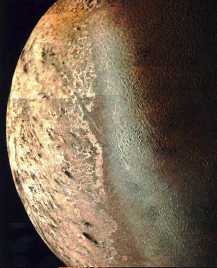
Triton was discovered by W. Lassell in 1846. Of the 8 moons, it is the 2nd farthest from Neptune. Triton may be one of the largest of the icy moons with a diameter that is about half the distance across
...more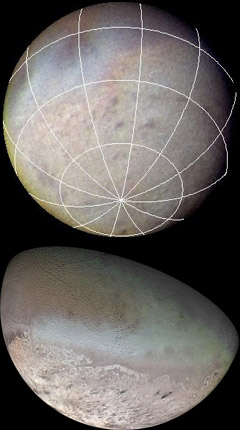
Triton is the largest moon of Neptune. It is a very odd moon. The poles of Triton are especially interesting. Triton has a polar ice cap at the South Pole. Earth has ice caps at its poles too. On Earth
...more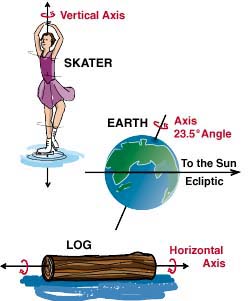
The Earth is rotating around an axis (called its rotational axis). Some objects rotate about a horizontal axis, like a rolling log. Some objects, such as a skater, rotate about a vertical axis. The Earth's
...more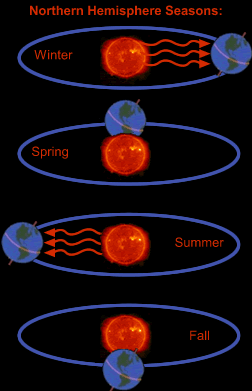
During the year, the seasons change from winter to spring to summer to fall. Why does it happen? Seasons depend on the Sun! The seasons happen as the Earth, travels in a loop around the Sun each year.
...more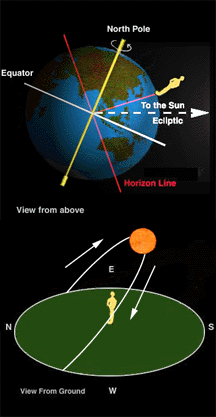
The summer solstice, which occurs around June 21, is the longest day of the year! This is because the Sun gets very high in the sky for people living in places north of the equator like the United States,
...more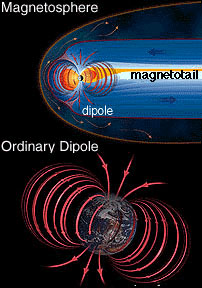
Text for this level has not been written yet. Please see the "Intermediate" text for this page if you want to learn about this topic. To get to the "Intermediate" text, click on the blue "Intermediate"
...more
Neptune has // Call the moon count function defined in the document head print_moon_count('neptune'); moons. It also has rings, but its rings are different from Saturn's. Neptune's largest moon is named
...more


